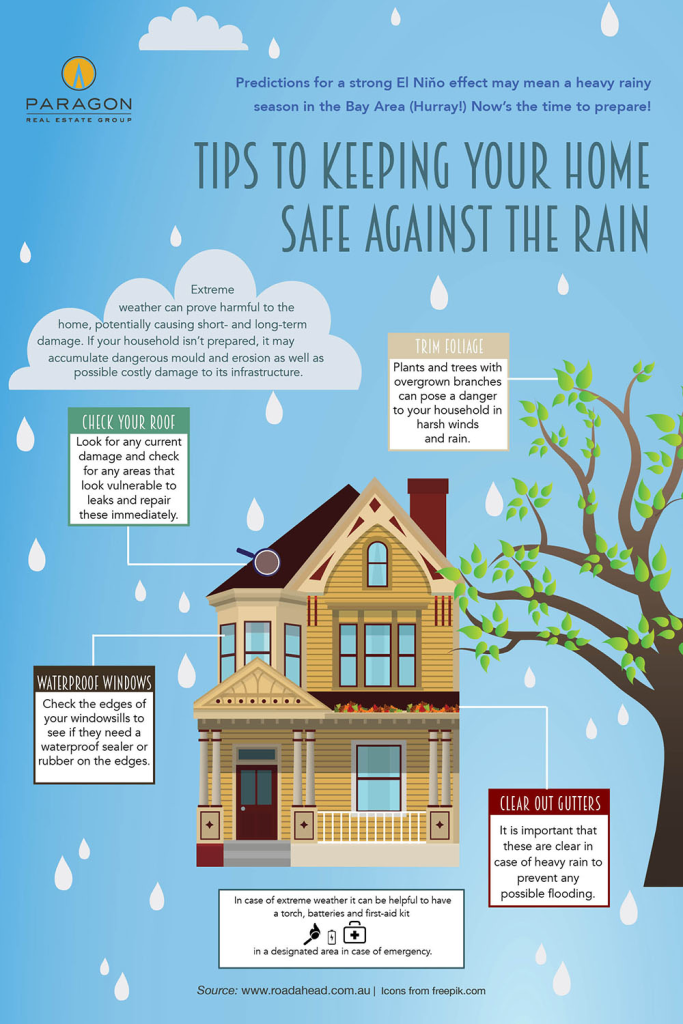Typical Mistakes In Roof Covering Installation And How To Stop Them
Typical Mistakes In Roof Covering Installation And How To Stop Them
Blog Article
source for this article Produced By-Yang Snow
When you're planning a roof setup, it's easy to neglect important details that can result in substantial problems down the line. You may be tempted to cut edges on product selection or avoid correct blinking installment, however these typical blunders can lead to costly repairs later on. Recognizing the value of ventilation and sticking to neighborhood building ordinance is necessary for a successful project. So, what are the crucial steps you should require to guarantee your roofing system stands the test of time? Let's explore some reliable approaches to stay clear of these pitfalls.
Poor Material Option
When it comes to roof installment, picking the wrong materials can bring about pricey troubles down the line. You might think that any type of roofing material will certainly do, but that's a common mistaken belief. It's vital to select products that suit your local environment and the certain needs of your home.
As an example, if you live in a location with heavy rain or snow, choosing asphalt tiles may not be the most effective selection. Rather, think about more durable choices like steel or slate.
Additionally, take Web Site of the high quality of the materials you're taking into consideration. Low-cost materials might conserve you cash upfront, however they commonly lack long life and can result in frequent repair services or substitutes.
You ought to additionally consider the style of your home and guarantee the products you pick will certainly preserve its aesthetic allure.
Finally, don't neglect to seek advice from specialists. They can supply beneficial understandings and suggest products that follow neighborhood building codes.
Spending time in proper product option now can help you stay clear of frustrations and costs in the future, making your roof covering job a success.
Inadequate Flashing Setup
Picking the ideal materials isn't the only factor that can bring about roofing problems; poor blinking installation can additionally create significant concerns. Flashing is critical for guiding water away from vulnerable locations, such as chimneys, skylights, and roofing system valleys. If it's not set up appropriately, you take the chance of water breach, which can bring about mold growth and architectural damages.
When you set up flashing, ensure it's the appropriate type for your roof's layout and the local environment. For instance, metal blinking is typically much more durable than plastic in locations with heavy rain or snow. See to it the blinking overlaps suitably and is secured securely to avoid voids where water can permeate via.
You need to also pay attention to the setup angle. Blinking need to be placed to direct water away from your house, not toward it.
If you're unclear regarding the installment process or the products required, speak with a professional. They can assist recognize the best flashing alternatives and make sure every little thing is set up correctly, protecting your home from prospective water damages.
Taking these steps can save you time, cash, and migraines down the road.
Neglecting Ventilation Requirements
While numerous house owners concentrate on the visual and architectural facets of roofing system installment, disregarding air flow needs can result in severe long-lasting consequences. Appropriate ventilation is necessary for managing temperature level and dampness degrees in your attic room, preventing issues like mold and mildew development, wood rot, and ice dams. If you do not install adequate ventilation, you're establishing your roof up for failure.
To prevent this error, first, analyze your home's particular ventilation needs. A well balanced system generally includes both consumption and exhaust vents to advertise air flow. Guarantee you've mounted soffit vents along the eaves and ridge vents at the top of your roof covering. This combination permits hot air to escape while cooler air enters, maintaining your attic room area comfortable.
Additionally, think about the sort of roof covering material you have actually picked. Some materials might require added air flow strategies. Confirm your local building ordinance for ventilation standards, as they can vary significantly.
Lastly, don't fail to remember to examine your air flow system regularly. Obstructions from debris or insulation can hinder air flow, so maintain those vents clear.
Conclusion
To conclude, staying clear of common roofing system installment errors is essential to guaranteeing your roof's longevity and performance. By selecting the ideal materials for your climate, setting up blinking correctly, and dealing with air flow demands, you can prevent pricey problems down the road. Don't neglect to familiarize yourself with neighborhood building ordinance and routine normal evaluations. With these actions, you'll appreciate a secure, sturdy roof covering that shields your home for several years to come. Satisfied roof!
